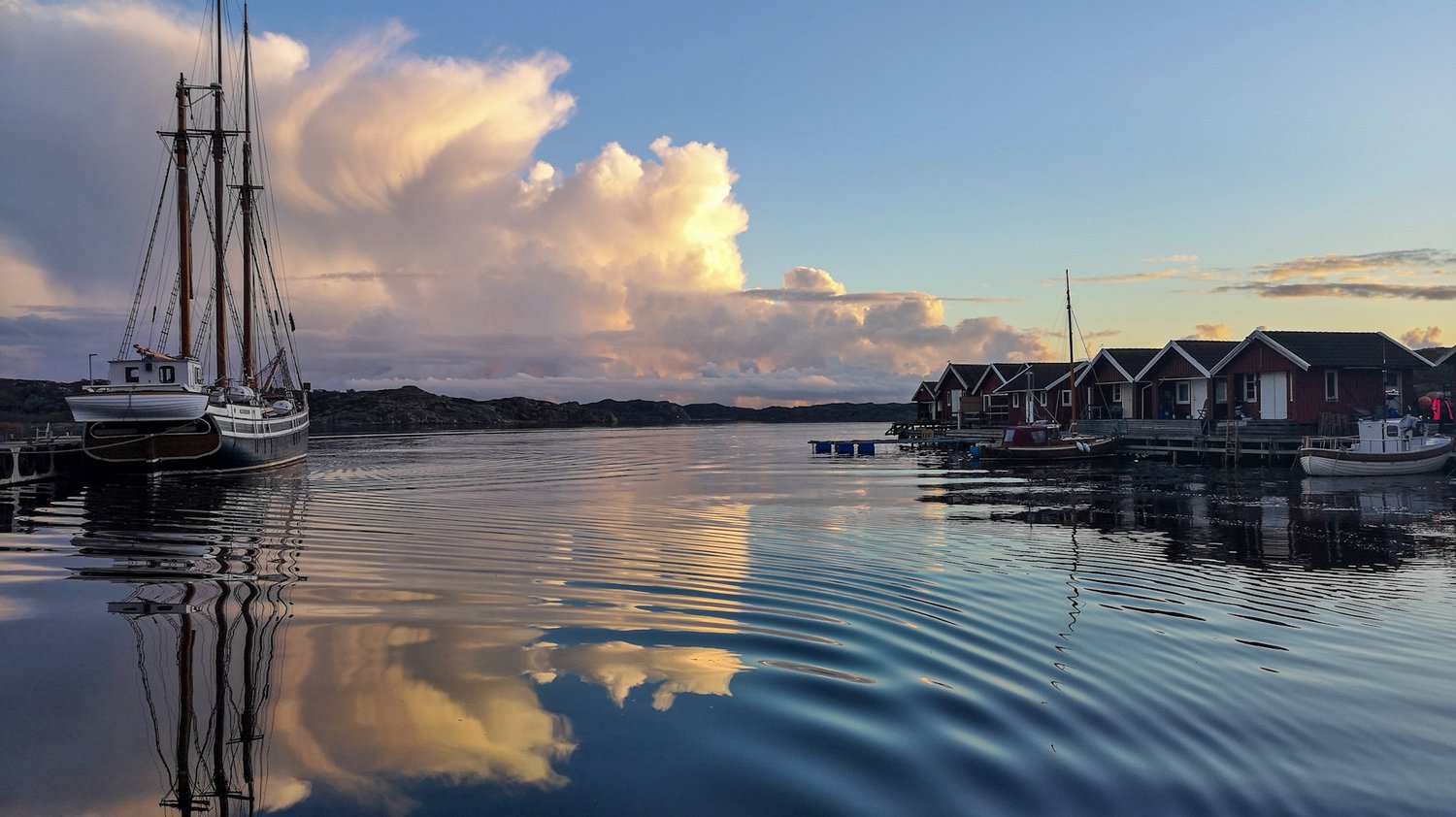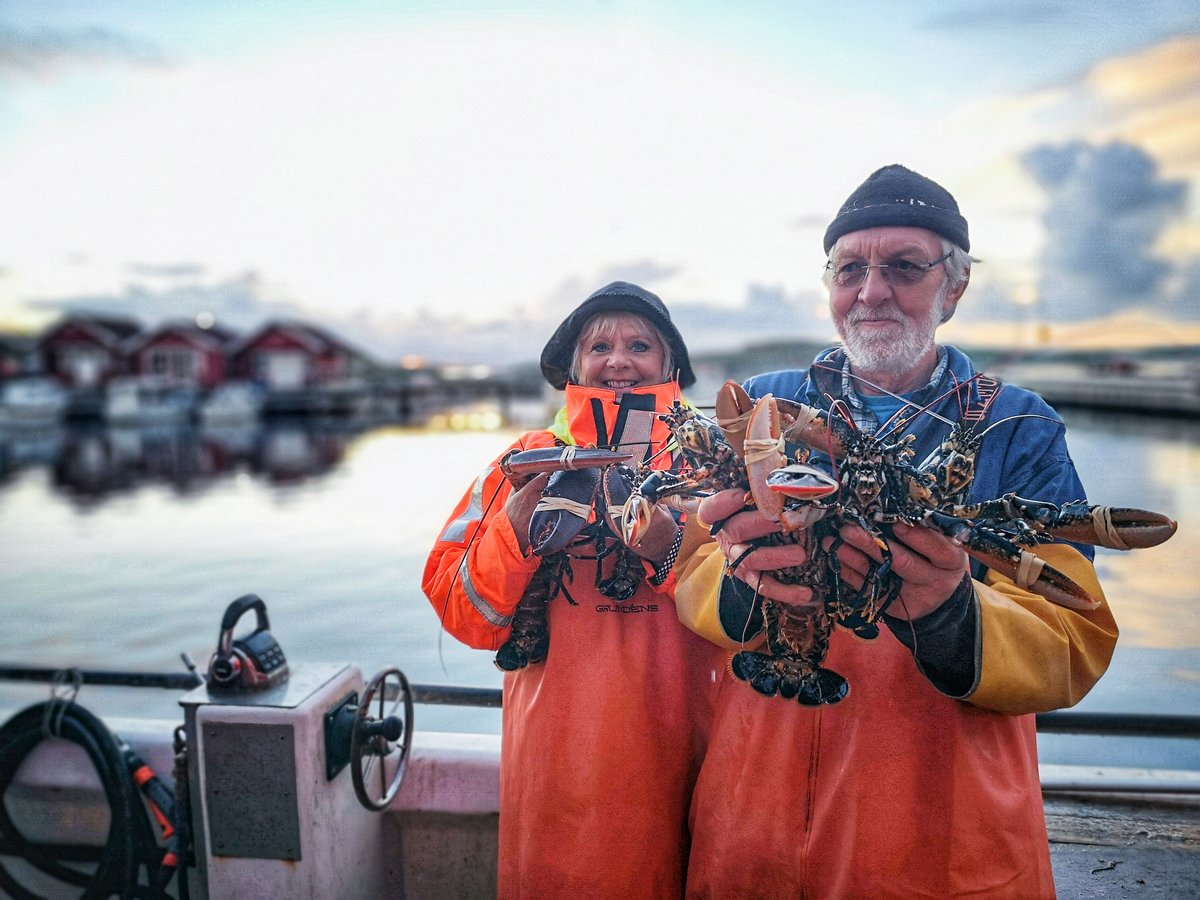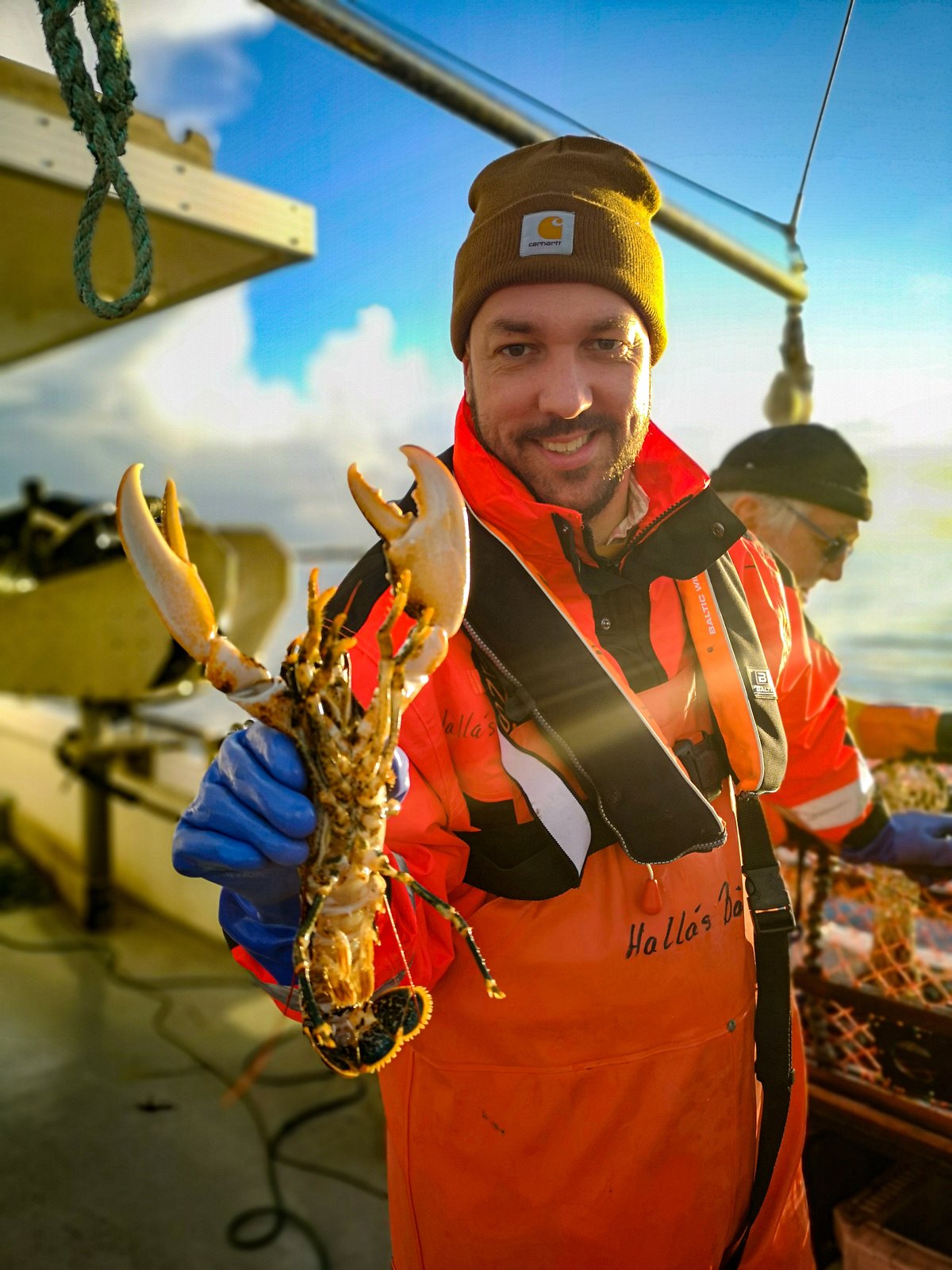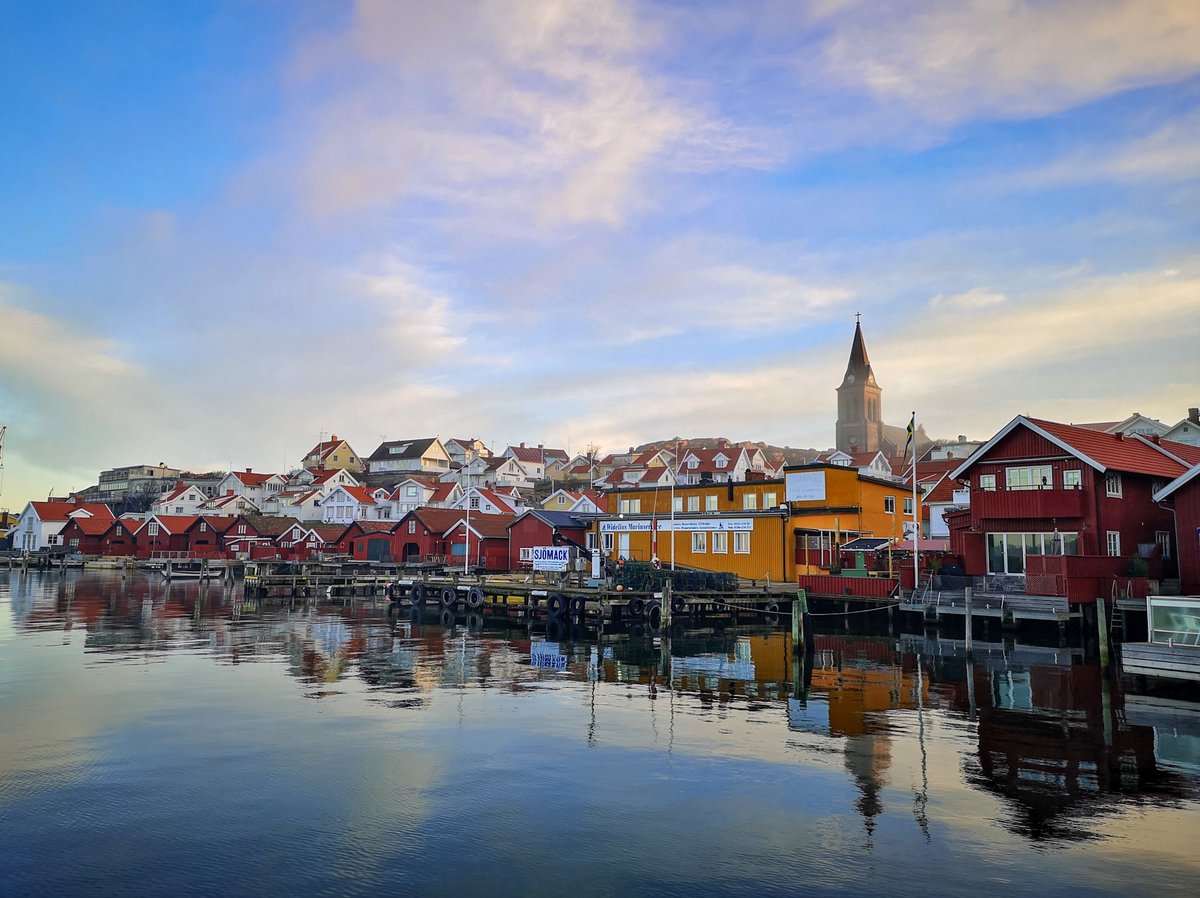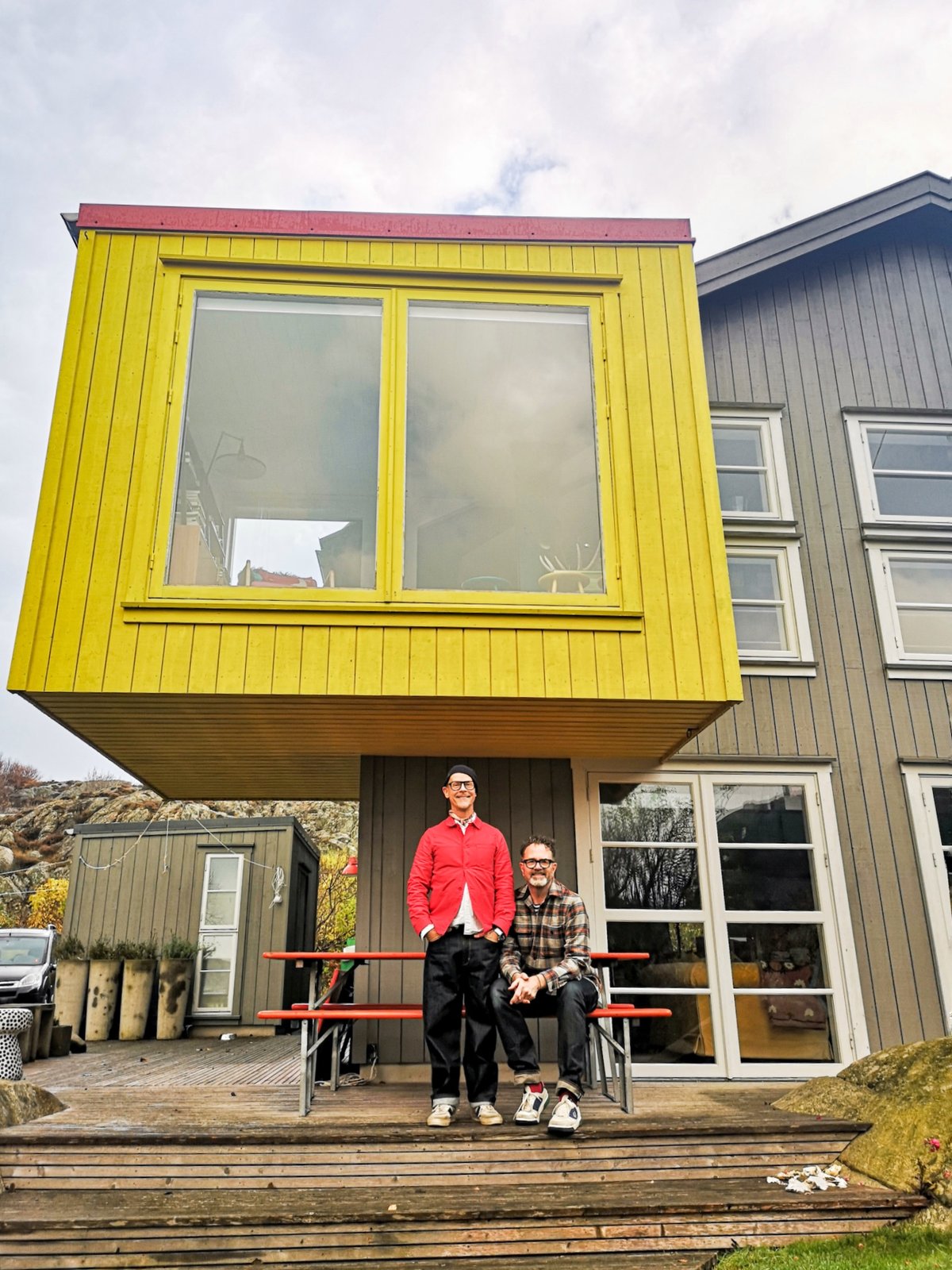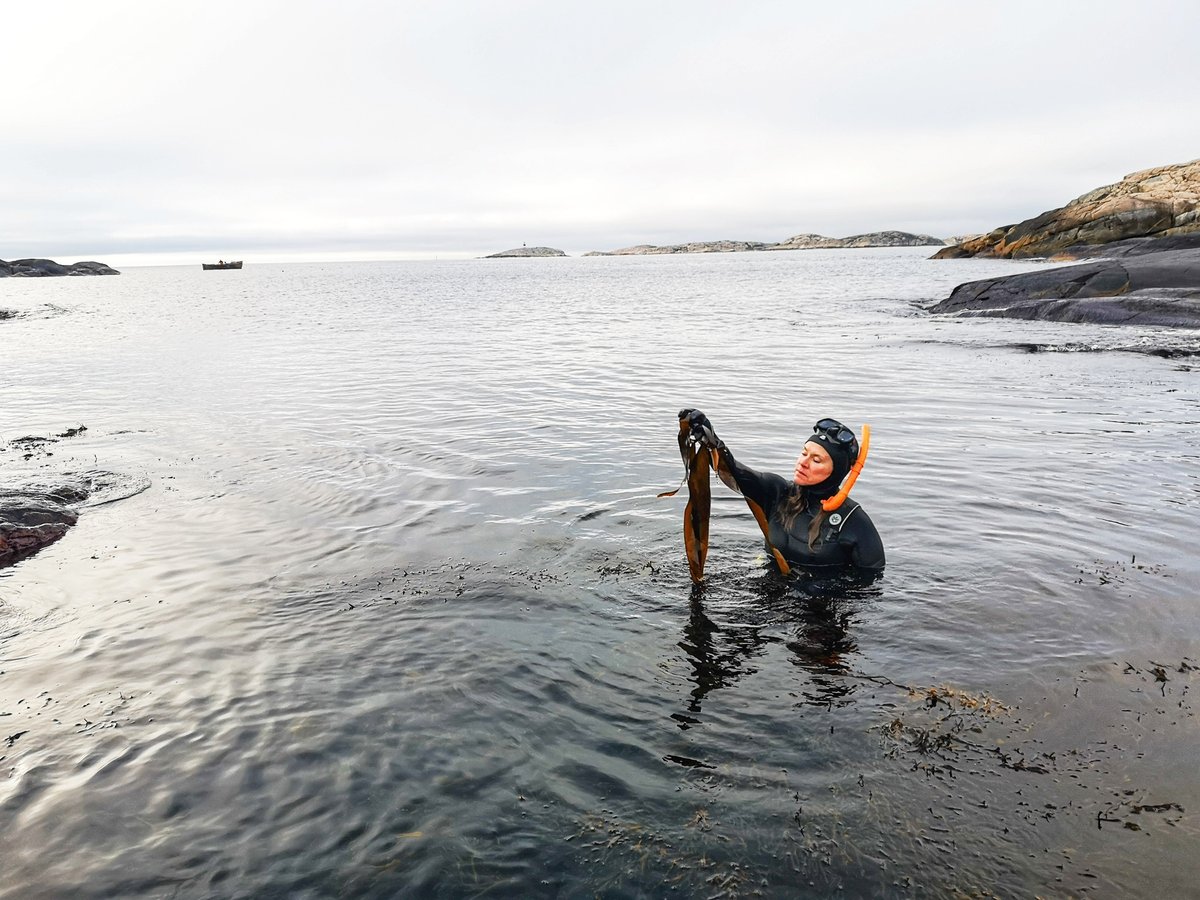It’s a picture-perfect November morning in Mollösund, a tiny old fishing hamlet in Bohuslän, Sweden’s northernmost part of west coast, a hidden gem undiscovered by the international foodie crowd, hungry for “the next big thing” when it comes to Nordic dining, but very popular among the Swedes who have long appreciated Bohuslän’s outstanding seafood.
In terms of quality, it’s hard to beat the West coast produce, be it the lobsters or the wild native oysters, blue mussels or shrimps.
A lot has changed though – Orust where Mollösund lies used to be a poor area where local fishermen were struggling to make ends meet, now it’s full of idyllic ornamented summer houses of rich Swedish urbanites. Lives of fishermen changed as well and tourism has become an important part of their earnings, especially for the lobster fishermen since the season it’s very short, running from end of September to early November. About 30 percent of them are now earning extra money with lobster safaris in the bay.
Erland and Inger are one of those, showing tourists the ropes of lobster fishing - how to lift a crate from the sea, how to grab the feisty creature, measure it for size (if it's too small, it gets thrown back in), check if it's male or female, and how to tie its claws with a rubber band without getting snatched.
The views out here are amazing - if you get lucky with November weather, they stretch over red saltbox houses, wooden boats, slick rocks with seals sunbathing on them and all the way out to open sea, almost catching glimpses of Scotland. Lobster can be a pricey affair, especially the first ones of the season, but here in Mollösund, it’s still part of the locals’ diet, a fairly mundane protein you cook on the jetty, just thrown in a huge boiling pot set outside the shack, downed with some beer, overlooking the sunset and piles of lobster crates.
It really doesn’t get much better – or maybe it can, if you continue the lobster fest in Lådfabriken, a boutique inn by the sea, set up by a Dutch-Swedish couple. The building was originally a small factory where wooden boats and fish boxes were produced for local fishermen. It has now been converted into a completely unique bed and breakfast, where the owners’ interest in design and antique knick-knacks turned it into a destination in itself. And if you come in season, Johan and Marcel will prepare a candle-lit lobster dinner serving everything from rich lobster bisque to fluffy lobster soufflé finishing off with generous portions of boiled red claws.
Covid pandemic actually benefitted Bohuslän, with Swedes, unable to travel, exploring their own country, roaming from coast to coast, discovering the hidden corners of the vast, sparsely populated country and finding a champion in sustainable practices and environment-conscious tourism right here on the western coast.
“You want to save the sea? Eat mussels,” is Janne Bark’s motto, a former farmer-turned-sea-farmer, now at the helm of Musselbaren restaurant in the picture perfect fjord-side hamlet of Ljungskile. He's rocking a "Moules on the rock" T-shirt and for the past eight years he's been trying to promote the use of mussels as "world's kindest protein", as he calls them. Rich source of protein, completely sustainable, filters of the sea (full grown mussel filters 5 liters of water per hour!), what's there not to love?
Well, there's still a lot of prejudice when it comes to mussels ("dirty", "toxic", "sandy", "muddy taste" "I don't want to get poisoned") and Janne is trying to change that by teaming up with Scanfjord Mollosund eco-friendly mussel farm. The mussel rigs are spread out in the fjord, 2-8 meters deep, never touching the ground which keeps the mollusk much cleaner. At Scanfjord they produce tons and tons of mussels - in high season, Janne sells up to 2 tons of it in his restaurant in one week.
His secret: how to change the public perception of mussels? With versatility. Sure, there's the crowd favorite moules frites on the menu, but he has a special recipe (scorching hot iron, rapeseed oil, garlic and parsley mix on one side, brunoise on the other, some chili flakes, then he roasts that, adds a splash of white wine, throws in the mussels, creating an umami garlicky-seafood "socarrat" at the sides).
Mussel lasagna? Amazing. No salt added because the mussels are already salty by itself. Panko fried mussels with aioli. Even a mussel burger. And it's gaining traction - Janne now has three restaurants along the West coast and he's making sure people learn to love the mussels as much as he does.
At a time seas are overfished, prawn industry is considered bloody, tuna fishing has a bad reputation (well, any kind of fishing really), farming "super hero of the ocean" like they do it here and showcasing this tasty product in a whole new way is pretty damn inspiring. And if you're still not convinced - bellow the restaurant Janne also runs "Sweden's smallest" distillery where he produces seaweed gin, smoked seaweed schnapps & juniper aquavit.
And speaking of seaweed – fancy a seaweed safari? Yes, it’s a thing, thanks to Linnea Sjögren, a kick-ass seaweed diver who, back in 2014, set up the company Catxalot in Grebbestad and introduced Swedish seaweed as novel food in Sweden and made it known to public by taking the keen visitors out to the slippery rocks and shallow pools of Tjurpannans nature reserve where, clad in neoprene, she climbs and slides down the boulders like a sea cat, jumping in crushing waves and chilly waters to forage all kinds of seaweed.
Kombu, kelp, nori … There's around 30-40 edible varieties here in Bohuslän and given their nutritional value and how sustainable the produce is Linnea, author of Seaweed cooking cookbook, tries to educate chefs, schoolkids and tourists coming here on seaweed safaris, promoting the use of it, either in gastronomy or in body scrubs. Seaweed bread, dried seaweed buds as a snack, seaweed brown butter, you name it, she sets all of it out on the rocks, heats up some seaweed butter she pours over the boiled potatoes, unwraps a freshly baked loaf of seaweed bread and serves it with smoked salmon and steamed shrimps.

